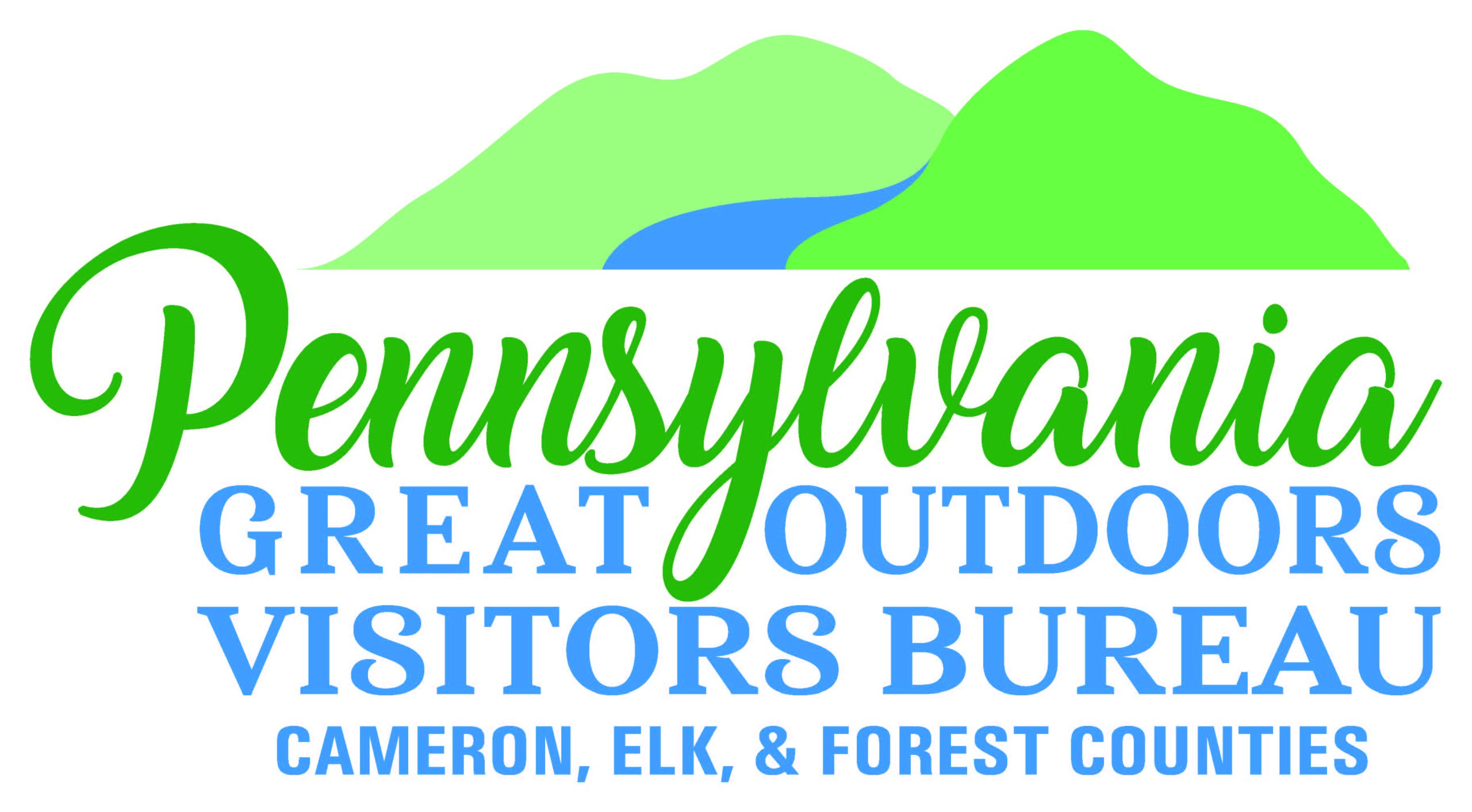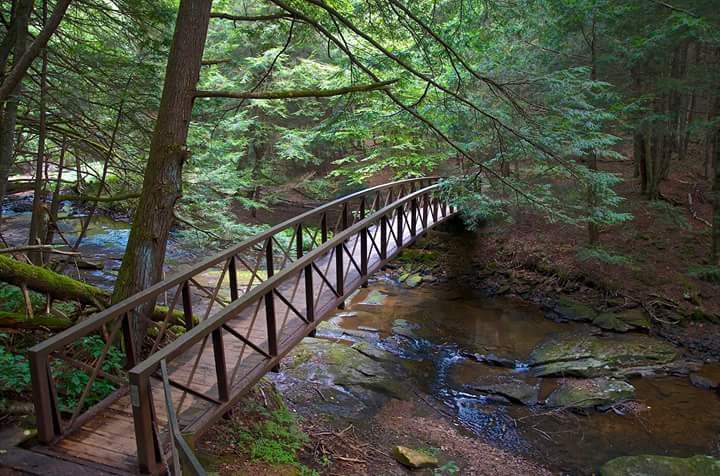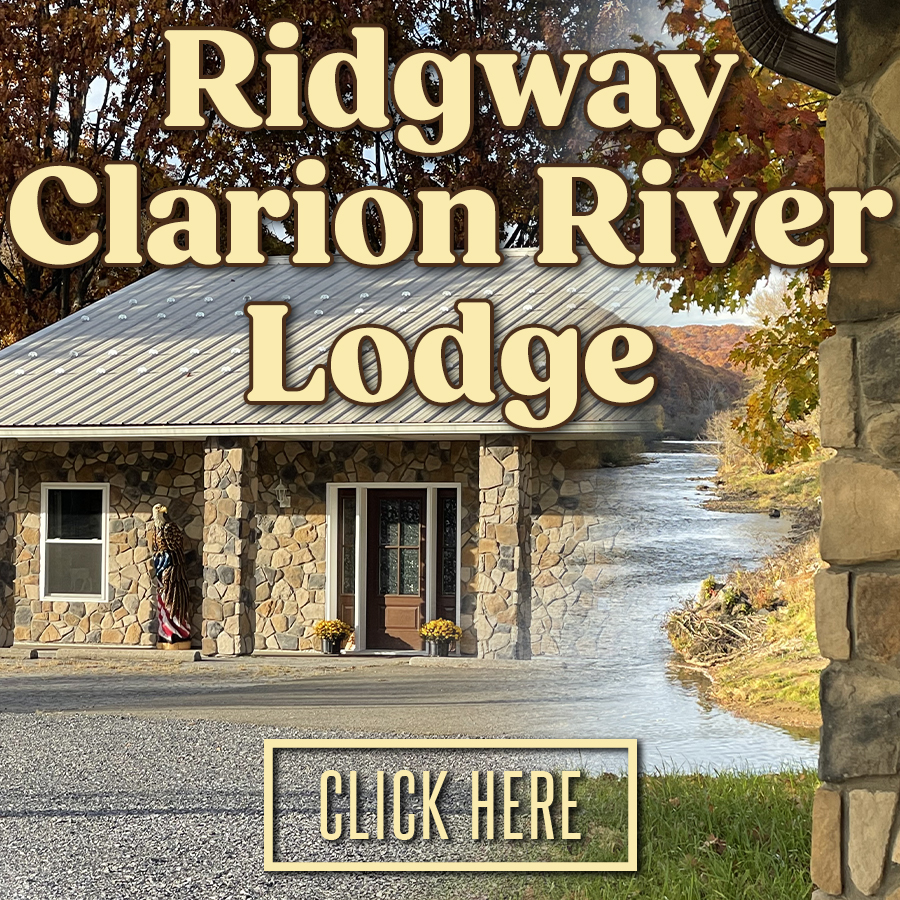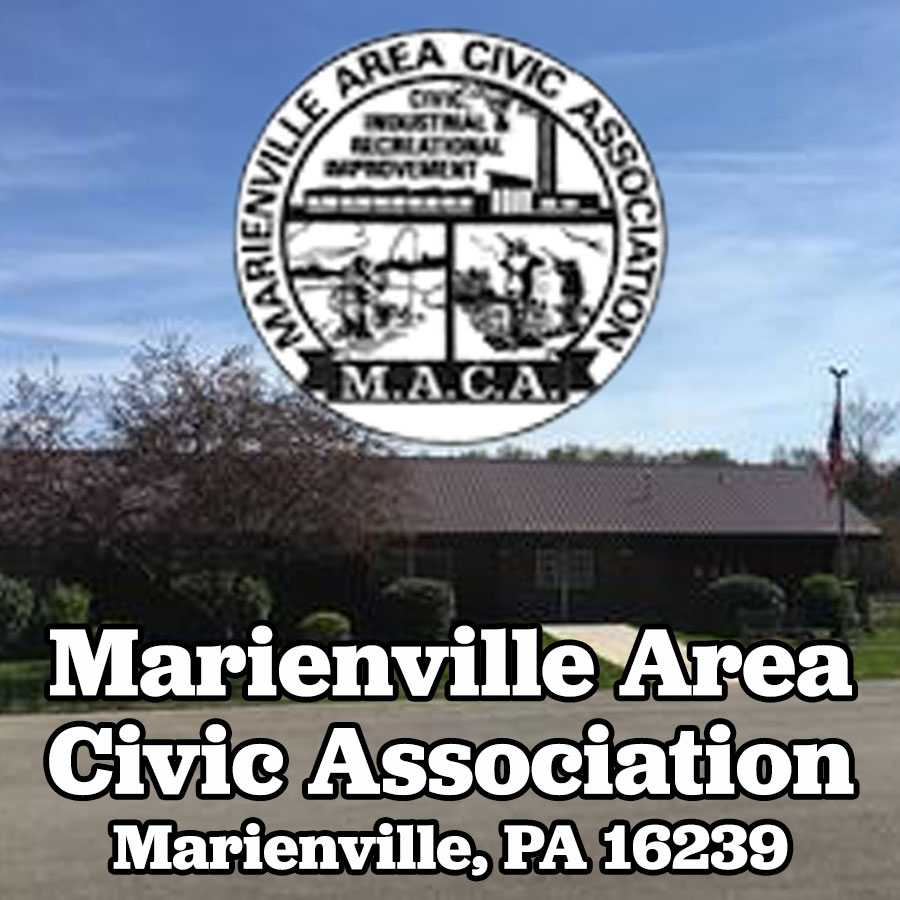Written by Danielle Taylor | Header photo by Jeff London
On October 2, 1968, President Lyndon Johnson signed the Wild and Scenic Rivers Act and National Trails System Act into law, and with the stroke of a pen, he protected thousands of miles of rivers and trails across the country. In his remarks on this significant occasion, he reflected on recent decades of pollution and degradation of our nation’s waterways and landscapes, saying, “In the past 50 years, we have learned — all too slowly, I think — to prize and to protect God’s precious gifts. Because we have, our own children and grandchildren will come to know and come to love the great forests and the wild rivers that we have protected and left to them.”
In the 50 years since, two rivers that run through the Pennsylvania Great Outdoors region have had sections designated as scenic and recreational, which gives them special protections that help preserve the unique character of each waterway and provide great recreational opportunities for visitors. Less than one-quarter of one percent of America’s rivers are protected in the National Wild and Scenic Rivers System, so these two waterways truly shine. Furthermore, three national trails run through this area that offer excellent recreation options and insight into the region’s history, geography, ecology, and more.
However, the 50th anniversaries of these acts celebrate all of the magnificent rivers and trails that crisscross our nation, including the thousands of miles found in the Pennsylvania Great Outdoors. We hope you’ll get out and enjoy them in this milestone year and beyond.

Canoers and tubers enjoy a float down the Clarion River. Photo: Pale Whale.
Clarion River
From the beginning, the architects of the Wild and Scenic Rivers Act knew they wanted to protect the Clarion River; the text of the original act called out a section of the Clarion for potential addition to the national system. It took nearly 30 years, but in 1996, 51.7 miles of the 110-mile river came under the act’s protection.
This river segment flows from Ridgway in Elk County through Cook Forest State Park on the border of Jefferson and Forest Counties and on to Miola in Clarion County, at one point passing through a 3,136-acre state-managed property known as the Clarion River Lands. Different portions have been designated as “scenic” or “recreational,” indicating varying levels of accessibility and nearby infrastructure along the river. In both cases, the designations limit the impact of industry and development nearby, and they keep the river and its banks in excellent shape for paddlers, anglers, hikers, and others interested in enjoying the natural beauty found here.
A river needs to have what the federal government calls “Outstandingly Remarkable Values” to make it eligible for protection under the Wild and Scenic Rivers Act, and a number of factors make the Clarion an exceptionally noteworthy river and one worth a visit. Bald eagles, river otters, and osprey only live on clean, clear waters, and photographers love the Clarion for the plentiful presence of these animals against an exceptionally picturesque backdrop. Forest-covered hillsides rise from both shorelines along the steep and narrow river valley, providing visitors in search of solitude with a rare feeling of remoteness and seclusion. The Clarion’s path through the Allegheny National Forest, Cook Forest State Park, Clear Creek State Park, and the Clarion River Lands means visitors can enjoy hiking, biking, picnicking, camping, wildlife watching, and other activities on its verdant shores, and anglers can find plentiful trout and smallmouth bass, among other species, within its cold waters. The river also offers a longer float season for canoers, kayakers, and tubers than others nearby, and multiple access points and readily available rentals and shuttle services in the area make it an ideal setting for a memorable and enjoyable day on the water.
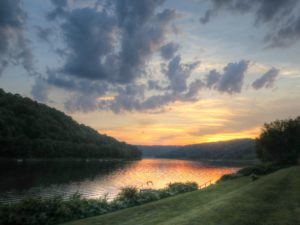
Sunset over the Allegheny River. Photo: Jim Hoover.
Allegheny River
North and west of the Clarion River, the Allegheny runs for more than 315 miles, and 86.6 of them in three disconnected segments between Kinzua Dam and Emlenton have been designated as recreational. Some of the most attractive sections of the river pass through the Pennsylvania Great Outdoors region in northwest Forest County and southwest Clarion County, and they offer a unique opportunity for outdoor enthusiasts: More than 100 undeveloped islands dot the river’s length, and seven of them between Irvine and Tionesta comprise the Allegheny Islands Wilderness and allow visitors to camp. No trails or facilities exist on the islands, and visitors must paddle canoes or kayaks to access their shores, but intrepid explorers will love the chance to truly unplug and rough it for a night or longer.
The legislators behind the Wild and Scenic Rivers Act also identified the Allegheny as a potential candidate right from the beginning, and with good reason: The diversity of the landscapes alongside the river and the recreational opportunities it offers provide a unique experience visitors won’t find anywhere else. Along its length, the land beyond the shoreline changes from narrow forest valleys to small towns to flat, open farmlands, giving paddlers an ever-changing range of scenery. The braided network of channels and islands makes a rare habitat for bald eagles, great blue and green herons, osprey, turkey vultures, kingfishers, and many species of waterfowl, and beneath the surface, muskie, walleye, trout, and smallmouth bass make their home. Additionally, it holds one of the largest populations of freshwater mussels in the world.
The river provides regular canoe launches and easy access for paddlers, who will enjoy the peace and tranquility offered by the quiet waters. On the other end of the spectrum, adrenaline seekers can find their playground on Pool 9, a nine-mile stretch near East Brady open to power boats and personal watercraft. Summer brings the East Brady Riverfest, a three-day celebration of life on the river, along with multiple fishing tournaments.
In 2017, the Pennsylvania Organization for Watersheds and Rivers named the Allegheny River Pennsylvania’s “River of the Year” for its biologically diverse watershed, scenic beauty, historical significance, and variety of recreational offerings. During the 1700s, French explorers dubbed it “La Belle Riviere” for its picturesque scenery, and the name still holds true today.

The North Country National Scenic Trail courses from New York to North Dakota and passes through Cook Forest State Park and Clarion County in the Pennsylvania Great Outdoors region.
North Country Trail
The National Trails System contains 11 National Scenic Trails, 19 National Historical Trails, and more than 1,200 National Recreational Trails, and one of the system’s masterpieces passes right through the Pennsylvania Great Outdoors. The North Country National Scenic Trail stretches from New York to North Dakota, and when complete, it will ultimately total 4,600 miles for hikers to enjoy. In this region, it routes from Parker to Kennerdell and Clarion before heading into Cook Forest, then it turns north and bisects Forest County en route to western New York. Given the trail’s overall length, hikers and backpackers can go for a few hours, a few days, or even a few weeks.
The Clarion County Chapter of the North Country Trail Association maintains 96 trail miles, and they range widely in surfacing and terrain. One of the most scenic sections of the trail in this area passes through Cook Forest State Park’s awe-inspiring Forest Cathedral, a National Natural Landmark largely considered the best-preserved old-growth forest in the northeastern United States. Many of the white pine and hemlock trees here soar more than 150 feet tall, and walking quietly at their feet will humble and inspire you — this really is nature at its best.
Mahoning Shadow Trail
Punxsutawney’s Mahoning Shadow Trail, a National Recreation Trail, takes its name from the Mahoning Creek it parallels and the famous shadow of Punxsutawney Phil, the town’s most well-known and beloved resident. For 15 miles, the trail runs along a former rail line, and it passes several coke ovens, which were used to smelt the region’s plentiful coal into coke for the production of steel. Near the Water Street Trailhead, the trail crosses paths with a railroad trestle bridge, and it also runs near recreational facilities including baseball fields, a skateboard park, a playground, a swimming pool, and Phil’s burrow at the Punxsutawney Library. With its broad, flat surface, trail users on either foot or bike will enjoy this tree-lined jaunt into the region’s industrial and cultural history.
Black Cherry Trail
Trails don’t have to be long to qualify for a National Recreation designation, and the Black Cherry Trail in the Allegheny National Forest proves that short and sweet can still be significant. This path winds for a brief 1.4 miles near the Twin Lakes Recreation Area’s lower campground loop, and it passes through a small valley and over a stream. A hike here provides a glimpse of what the full Allegheny National Forest includes within its boundaries. Nearby, the Twin Lakes Recreation Area features campsites, a swimming beach, picnic areas, showers, fishing access, a playground, and more.

Many rail-trails, such as the Redbank Valley Trail shown here, pass through the Pennsylvania Great Outdoors region and provide great recreation opportunities along former industrial corridors. Photo: Tom Dorsey.
Further Impact
Beyond just protecting designated wild, scenic, and recreational rivers, the Wild and Scenic Rivers Act made America take a firm stand on pollution, and it prompted the cleanup of thousands of miles of waterways nationwide. Beyond just establishing a network of national scenic, historic, and recreation trails, the National Trails System Act created the concept of railbanking, or converting abandoned rail corridors for recreational use. Both of these measures significantly increased recreational opportunities for outdoor enthusiasts across the country, and they also improved the health of our national environment.
On a broader scale, the acts renewed the American motivation toward conservation and helped us reconnect with our natural surroundings. As you hike, bike, paddle, swim, or float this year, consider how these two pieces of legislation passed half a century ago have affected your life, and enjoy the benefits they’ve brought you. In 2018 and beyond, we hope you find peace and renewal on the trails and rivers in the Pennsylvania Great Outdoors.
#FindYourWay
The Department of the Interior launched the #FindYourWay hashtag to help outdoor enthusiasts share their trail and river experiences online during this anniversary year, and as you post your photos and adventures, tag us as well! You can find the Pennsylvania Great Outdoors Visitors Bureau on Facebook, Instagram, and Twitter.
